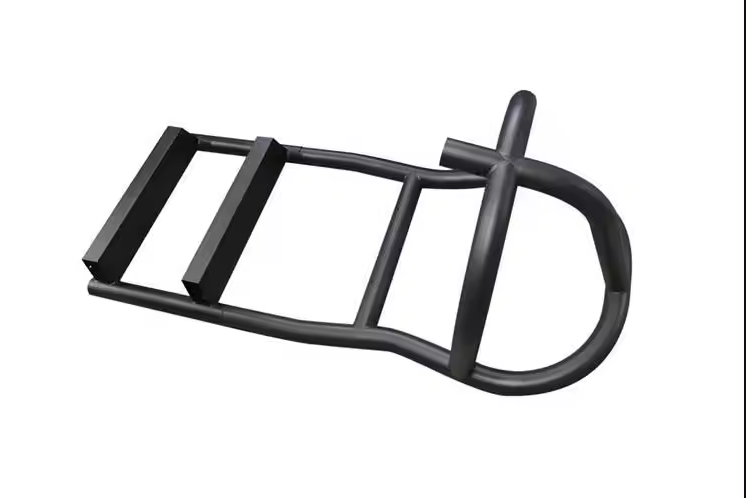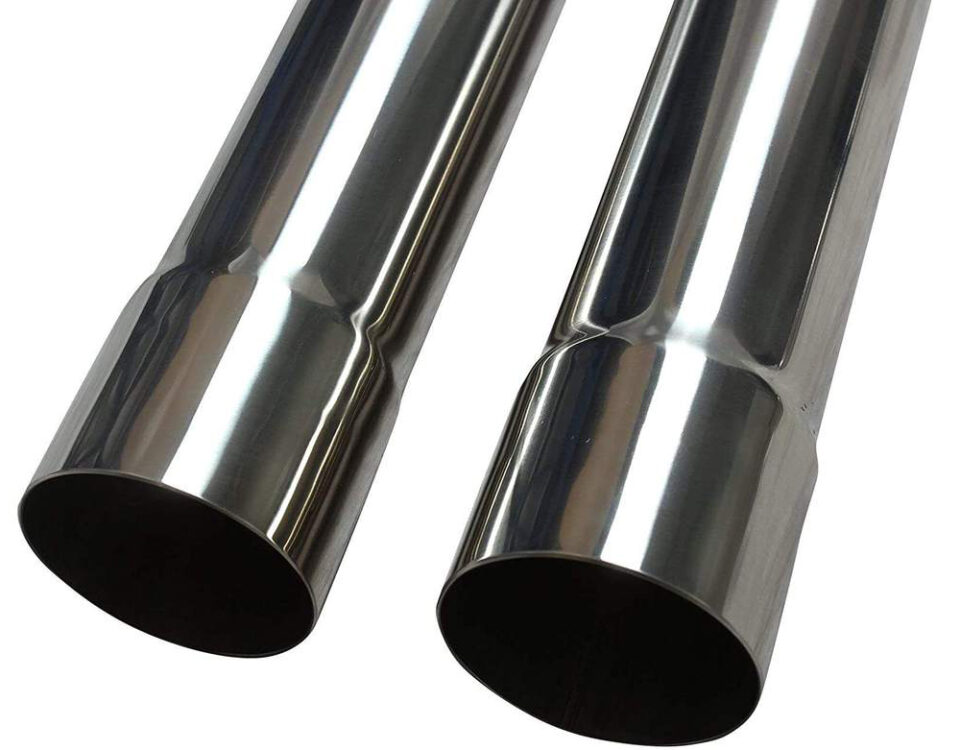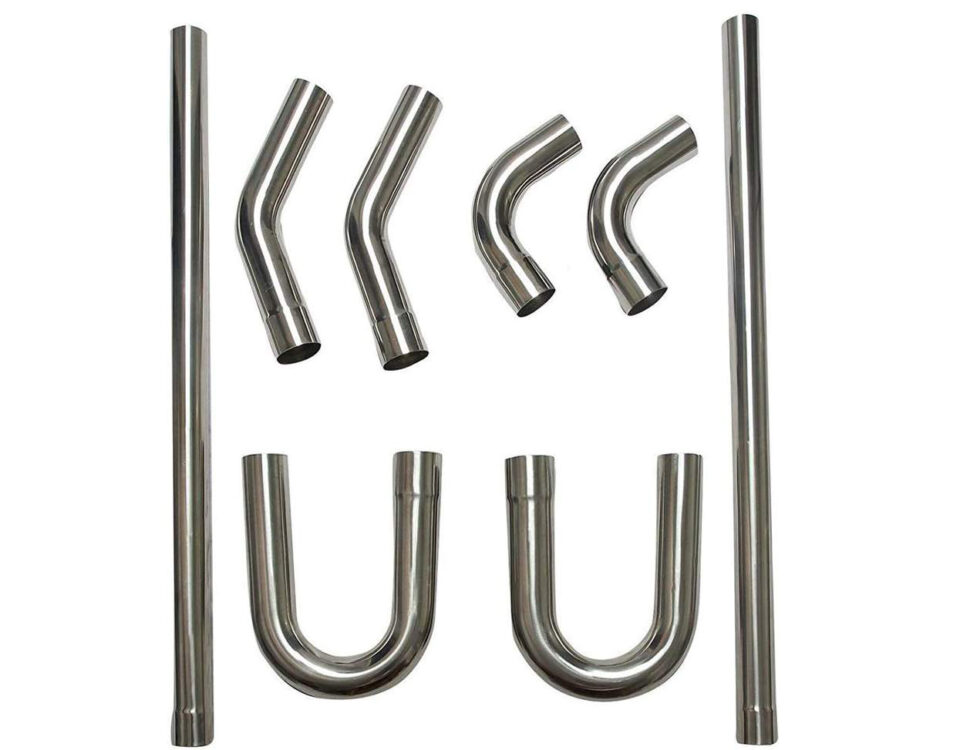
Multi-radius bending
November 10, 2023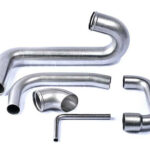
Long Radius Bending
November 13, 2023Achieving Precision and Efficiency through Tight Radius Bending
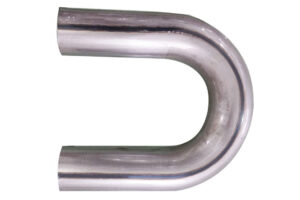
In the manufacturing industry, precision and efficiency are paramount in producing high-quality products. This is particularly true when it comes to tight radius bending, a process that requires expertise and specialized equipment. This article aims to explore the various aspects of such kind of bending, its applications, challenges, and the manufacturing methods employed to achieve precise results.
1. Understanding Tight Radius Bending:
It involves the manipulation of metal or other materials to form curves with a smaller radius than what is typically considered standard. This technique finds extensive application across industries such as automotive, aerospace, construction, and more. It allows for the creation of complex shapes and customized components.
2. The Importance of Tight Radius Bending:
– Space optimization: Tight radius bends enable manufacturers to make the most efficient use of available space, ensuring products fit into smaller areas without compromising functionality.
– Enhanced structural integrity: By eliminating joints or connections required in traditional bending, this kind of process improves the overall integrity of the component, reducing the risk of failure.
– Customization possibilities: The ability to achieve tight radius bends empowers manufacturers to create highly customized designs that meet specific requirements and improve product performance.
3. Challenges:
While tight radius bending offers numerous advantages, it also presents some unique challenges:
– Material properties: Different materials exhibit varying levels of elasticity, ductility, and resistance to deformation. Manufacturers must select the appropriate material and adjust their bending techniques accordingly.
– Springback: When releasing the pressure used during the bending process, certain materials have a tendency to return to their original shape. Overcoming springback requires careful calculation and the use of specialized machinery.
– Wall thinning and distortion: It can lead to wall thinning and distortion of the material. Manufacturers must consider these factors during the design and bending processes.
4. Manufacturing Methods :
– Mandrel bending: This method utilizes a mandrel (a metal rod or wire) placed inside the tube during the bending process to ensure the internal surface retains its shape and remains smooth.
– Press bending: Utilizing hydraulic or mechanical presses, press bending applies pressure to deform the material gradually. This method is suitable for achieving tight bends in thick-walled materials.
– Rotary draw bending: By using a rotating bend die, rotary draw bending allows for precise control over the bending process, resulting in accurate and repeatable tight radius bends.
– Incremental bending: This technique involves bending the material in multiple small increments, achieving gradual bends without exceeding the material’s limitations.
Conclusion:
Tight radius bending plays a crucial role in various industries, enabling manufacturers to create innovative designs, optimize space, and enhance product performance. Despite the challenges associated with this bending technique, employing the right manufacturing methods and expertise can help overcome these obstacles. With the advancements in technology and machinery, manufacturers can achieve precise, efficient, and high-quality tight radius bends, pushing the boundaries of what is possible in modern manufacturing.

